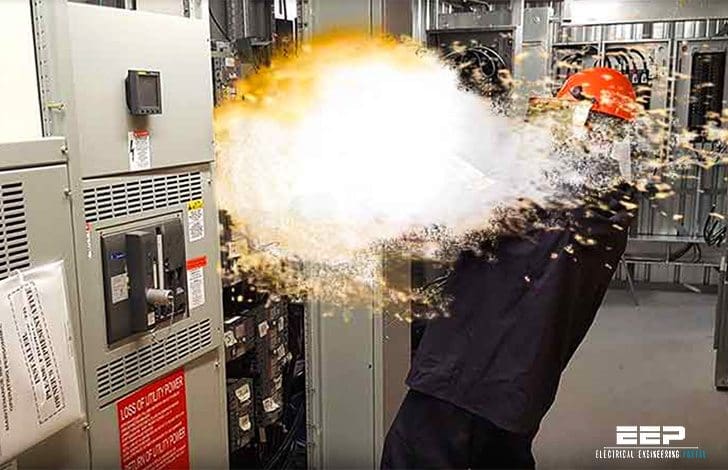A short circuit is an electrical fault that occurs when electricity takes an unintended path with little or no resistance.

Instead of flowing through the intended circuit—such as a light, appliance, or other electrical load—the current bypasses the normal route, often due to direct contact between the positive and negative conductors or between a live wire and a grounded surface. This sudden change can result in excessive current flow, leading to overheating, damage to components, and in severe cases, fires or explosions.
Short circuits are one of the most dangerous types of electrical faults because they can release a large amount of energy in a short time. This is due to the fact that electrical current always seeks the path of least resistance. When a new, unintended path forms—such as a bare wire touching a metal frame—it drastically reduces resistance in the circuit, allowing much more current to flow than the system is designed to handle.
There are two main types of short circuits: direct short circuits and ground faults. A direct short occurs when two conductors (typically active and neutral, or active and active in multi-phase systems) touch each other directly. Ground faults happen when an active conductor touches a grounded surface, such as a metal case or the earth itself. Both scenarios are dangerous, but ground faults are especially risky in wet or outdoor environments.
Short circuits can be caused by various factors, including damaged insulation, loose connections, faulty wiring, water ingress, or the failure of components like switches and outlets. Rodents chewing through wires or tools accidentally bridging conductors can also lead to short circuits.

To prevent damage or injury from short circuits, electrical systems are equipped with protective devices such as circuit breakers and fuses. These devices are designed to detect excessive current flow and disconnect the power supply quickly. Residual current devices (RCDs) and ground fault circuit interrupters (GFCIs) provide additional protection, particularly in environments where the risk of electrocution is higher.
Understanding short circuits is crucial for anyone working with or around electricity. Promptly identifying and repairing potential issues—like frayed cords or tripping breakers—can help avoid dangerous situations. In residential and commercial settings, proper installation, routine inspections, and the use of quality materials all contribute to reducing the risk of short circuits and ensuring electrical safety.